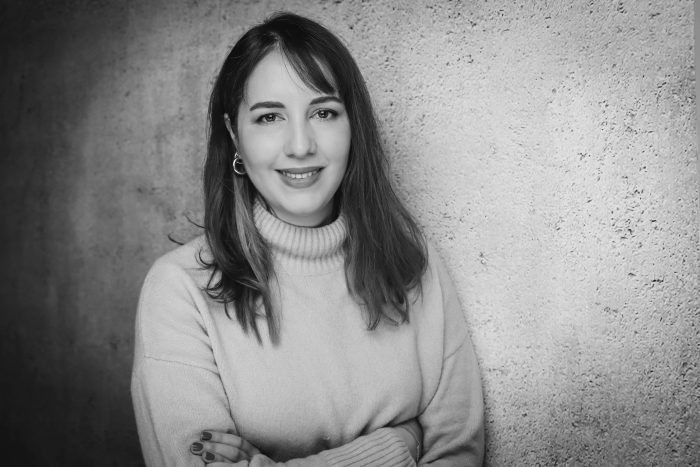About Me
 Dr. Ayşe Güngör is an art historian and curator based in Berlin. She holds a PhD in Art History from
Technische Universität Berlin, where she wrote her dissertation on the confluence of contemporary
art and anthropology in artistic practices from Turkey. She has held postdoctoral fellowship positions
at the Kunsthistorisches Institut in Florenz – Max Planck Institute and the Käte Hamburger Research
Centre global dis:connect at LMU Munich.
Dr. Ayşe Güngör is an art historian and curator based in Berlin. She holds a PhD in Art History from
Technische Universität Berlin, where she wrote her dissertation on the confluence of contemporary
art and anthropology in artistic practices from Turkey. She has held postdoctoral fellowship positions
at the Kunsthistorisches Institut in Florenz – Max Planck Institute and the Käte Hamburger Research
Centre global dis:connect at LMU Munich.
Her academic research focuses on modern and contemporary art, transcultural art history, eco-art practices, art and migration, global art narratives. She has taught courses on art and anthropology, contemporary art from Turkey, and postcolonial art history at Technische Universität Berlin and the University of Zurich.
In addition to her academic work, she has co-curated several exhibitions and public programs, including Shifting Patterns at Kunstverein Tiergarten (2020), Up in Arms at Kunstraum Kreuzberg/Bethanien (2019), Asynchronität der Gegenwart at Galerie Bernau (2022), and the diploma exhibition YET YET at Kunsthochschule Weißensee (2022).
She has served as a jury member for various cultural funding initiatives in Berlin, including programs supporting local art and cultural education. She is also regularly involved in academic peer review and selection committees.
Transitional Territories
 My recent book is Transitional Territories (2022). I investigate art practices between art and anthropology in Turkey, as well as the implications of contemporary art for those disciplines. I discuss various approaches based on anthropological theories on the forms of relation and theories of artistic practices on socio-political issues.
My recent book is Transitional Territories (2022). I investigate art practices between art and anthropology in Turkey, as well as the implications of contemporary art for those disciplines. I discuss various approaches based on anthropological theories on the forms of relation and theories of artistic practices on socio-political issues.
Based on long-term research with contemporary artists such as Nil Yalter, Gülsün Karamustafa, Esra Ersen, Kutlug Ataman, Tayfun Serttas, Köken Ergun, Dilek Winchester and Artikisler Collective, this book analyzes the objectives of art and anthropology in order to determine new possibilities and divergences arising from this interdisciplinary confluence.
It was published in Transcript Verlag. You can find it here.